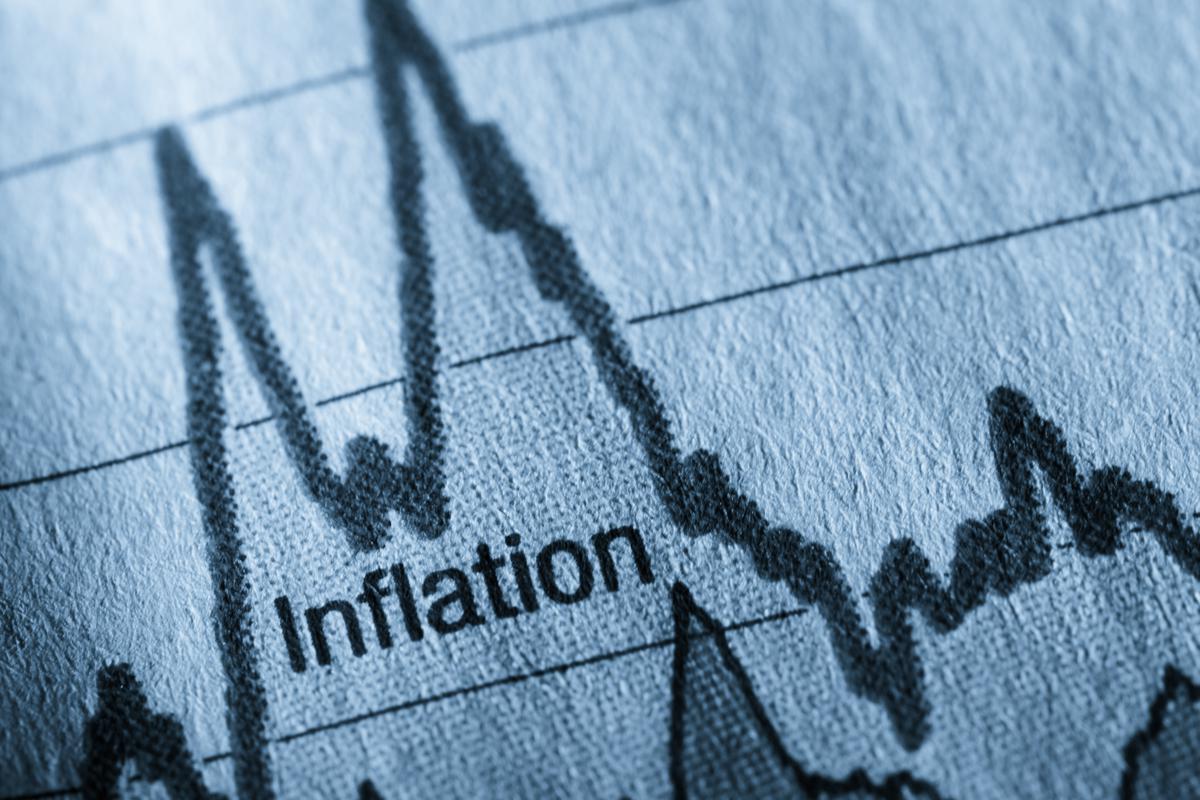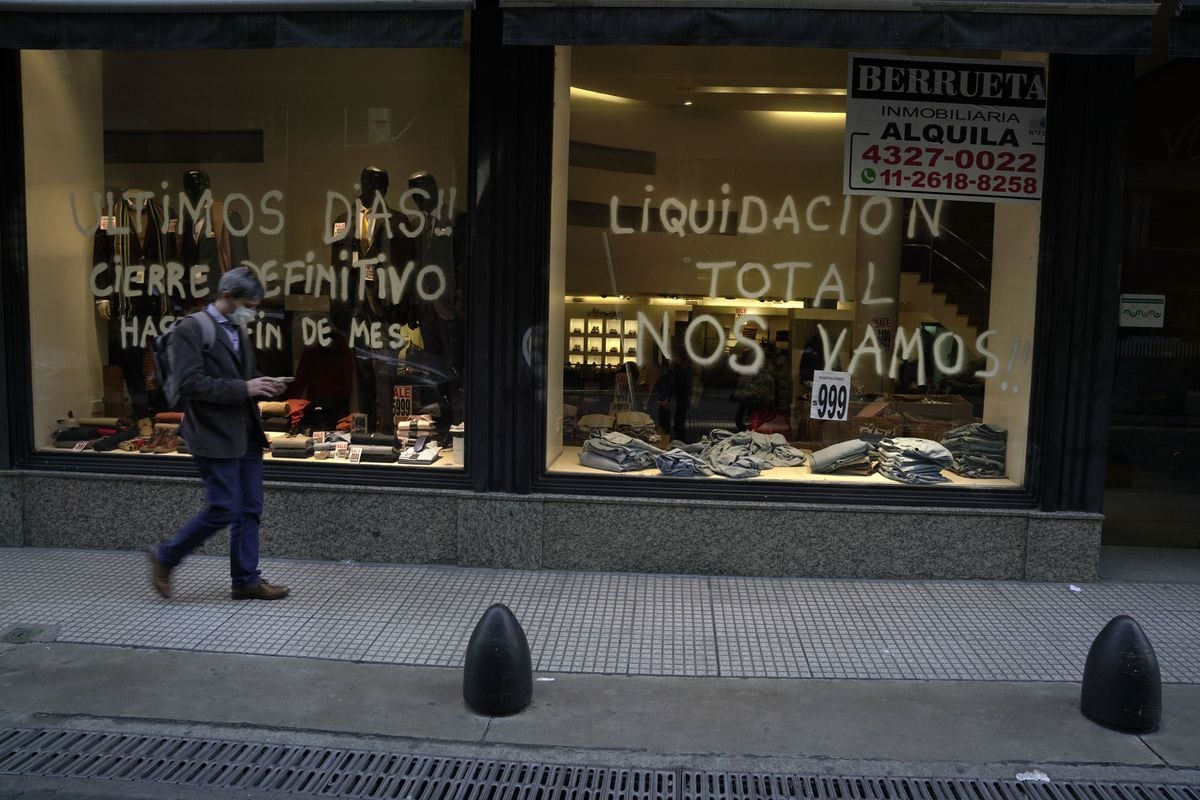Argentina’s Annual Inflation Jumps To 104%, worst since 1991
The National Institute of Statistics and Census, Argentina's official statistical office, announced on Friday, April 14, that annulled inflation had risen to 104.3%, the highest level since the hyperinflation crisis of 1991. The monthly inflation rate was 7.7%, far higher than the economists' projection of 7.1%.
Although Argentina has seen significant inflation before, what exactly is special about the current crisis? Is anything that occurred in 1991 repeating itself? Let’s find out if Argentina has learned anything from its past mistakes.
The National Institute of Statistics and Census, Argentina’s official statistical office, announced on Friday, April 14, that annulled inflation had risen to 104.3%, the highest level since the hyperinflation crisis of 1991. The monthly inflation rate was 7.7%, far higher than the economists’ projection of 7.1%.

Argentina, one of the world’s leading exporters of grains, finds it difficult to meet domestic demand for food. Due to unfavourable weather, extended heatwaves, and drought, important crops including soy, maize, and wheat have taken a beating. Because of this, meat costs have increased by 20%, exports have decreased, and domestic prices have fallen, impacting not just Argentina’s economy but also that of other countries. The war in Russia and Ukraine is one of the factors that contributed to food grain prices reaching a new high.
Every other Argentine may feel the effects of rising food costs, which push people’s budgets to new limits in order to buy basics and raise the cost of living. The government has been attempting to regulate the problem, but its persistent attempts have only hampered people’s ability to earn, save, and build their economies. The general public’s discontent has only grown as a result of salaries that are not keeping up with the cost of products.

As was already noted, Argentina has experienced significant inflation before. When the nation’s first debt crisis hit full force in the 1980s, the economy suffered severely. Due to insufficient tax receipts, the government had to rely on the central bank for funding via taxing deposits and the creation of new money. The government made a poor choice by moving towards money creation as a remedy, which caused inflation to rise and to annual rates of 26005 in 1989–1990. The hyperinflation of 1989–1990 forced the government to adopt the Convertibility Plan of 1991 because the central government was unable to balance the budget or control inflation.

Since last year, Argentina has been coping with a scenario of high inflation and has attempted to reduce it in various ways, all in vain. For the first quarter of this year, there was a total of 21.7% inflation. The greatest rate of inflation was recorded in February at 102.5 per cent, which caused consumer products to double in price from the previous year. One of the major factors was the price of schooling, which increased by 29.1% from one month to the next.

In addition, the cost of food and non-alcoholic drinks increased due to the 9.4% and 9.3% increases in the price of meat and dairy products, respectively. Argentina, like every other nation, has seen the effects of the conflict between Russia and Ukraine, which have led to a substantial rise in the prices of food and energy. The central bank’s decision to increase money production is one of the main causes of skyrocketing prices and hyperinflation.
In such economies when there is no money in the hands of the general populace to spend, printing money can be considered as a solution, but this just increases prices because of increasing demand, as Argentina has shown. The IMF (International Monetary Fund) went one step further to assist Argentina by authorising a second rescue of $6 billion in funding. This was one of Argentina’s largest payments in a 30-month scheme that is anticipated to total $44 billion.

What Argentina will do next in the upcoming month will depend on whether it decides to learn from its mistakes or repeat them. Even with the IMF’s help, the economy is still in dire straits and hasn’t been able to achieve its necessary aim. Perhaps it’s time for the Argentine economy to adopt some stringent measures so that it can truly return to where it was.




